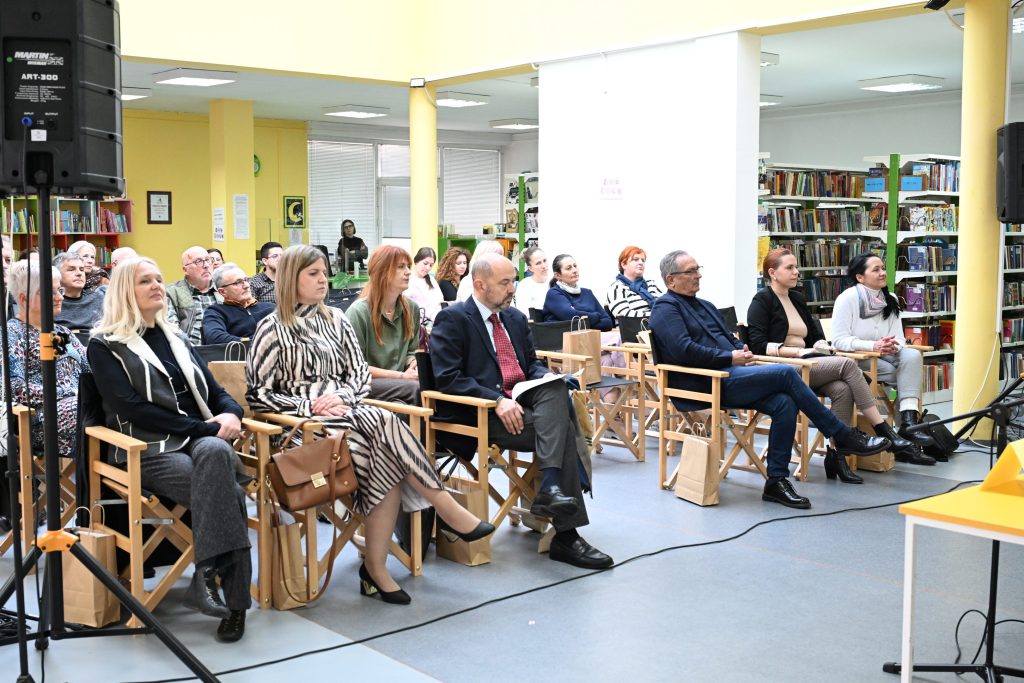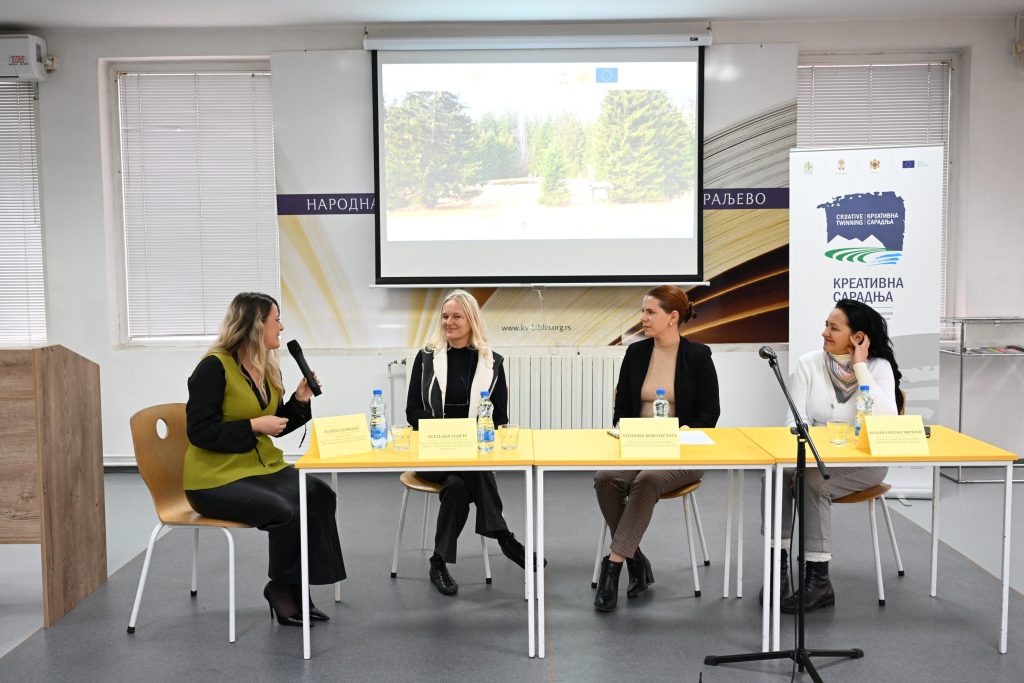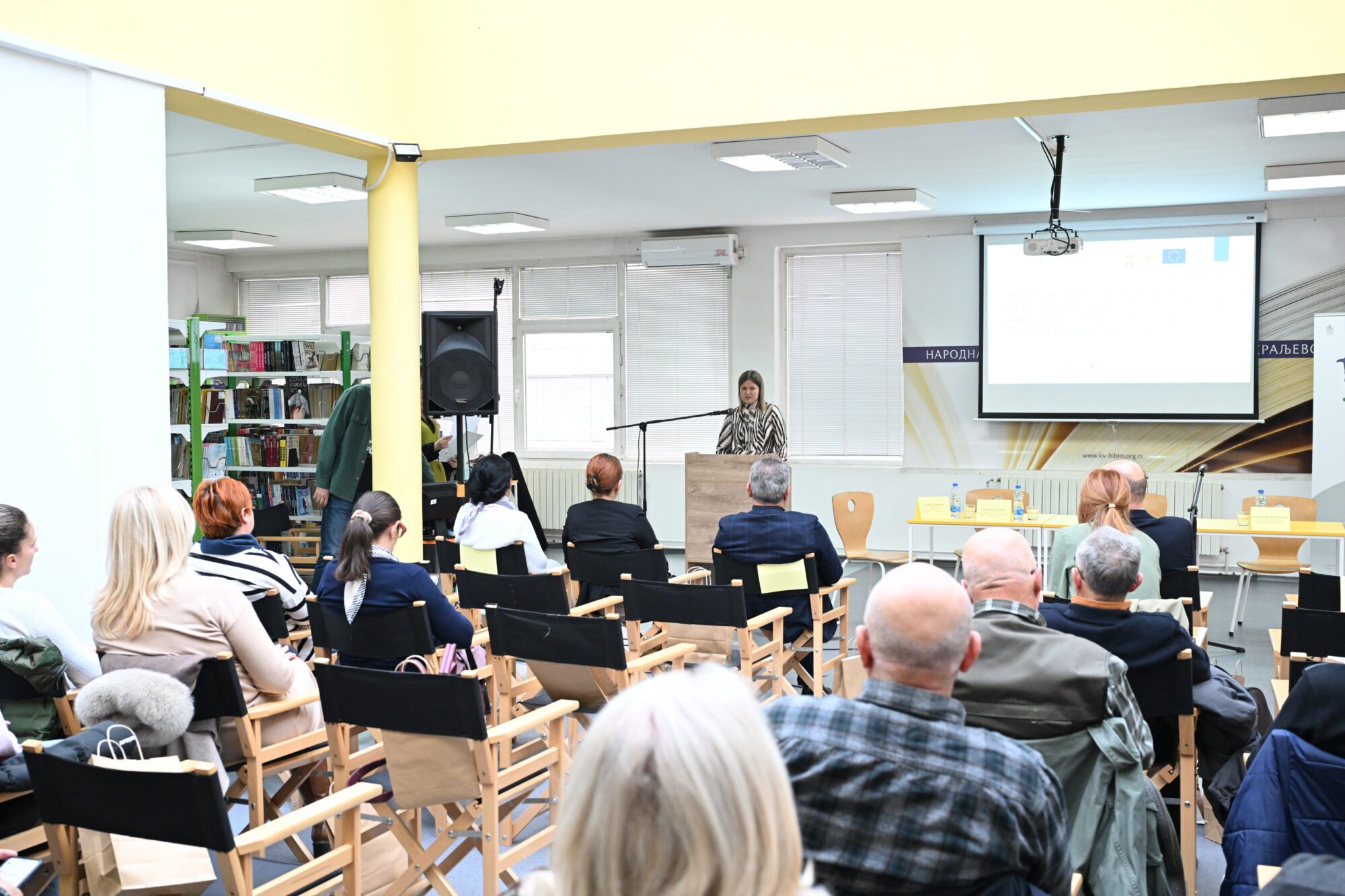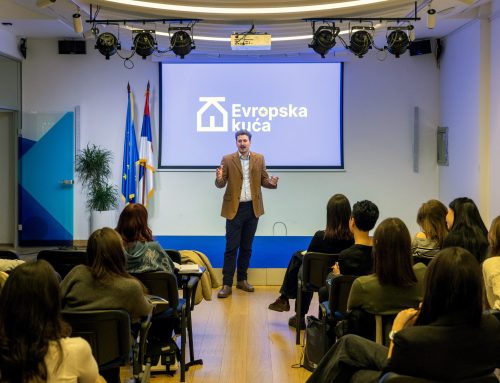Golija Nature Park in Serbia and the national parks Durmitor, Biogradska Gora and Prokletije in Montenegro have recently formed a single tourism whole thanks to the cross-border cooperation programme between the two countries. At the closing conference of the project “Thematic Journey along the Corridor of Cultural and Natural Heritage of Serbia and Montenegro”, new thematic tourist routes and trails were presented, linking three border municipalities on each side.
In his opening remarks, Konstantinos Soupilas, Programme Manager at the Delegation of the European Union to Serbia, underlined the importance of EU support for the development of sustainable tourism and the strengthening of regional cooperation between Serbia and Montenegro.
The project, implemented by the Regional Agency for Spatial and Economic Development of Raška and Moravica Districts (RDA) from Kraljevo in partnership with the Centre for Sustainable Tourism Initiatives (CSTI) from Podgorica, aimed to develop a new joint tourism offer based on the natural and cultural heritage of rural cross-border areas.

Special focus was placed on the newly developed digital platform for destination promotion, as well as on studies mapping the cultural and natural heritage of the cross-border region.
The four new tourist routes on Golija and a further four in protected natural areas in Montenegro were presented in Kraljevo, the regional centre and gateway to the border area towards Montenegro. The activities are financed by the European Union through the IPA Cross-Border Cooperation Programme. The budget for developing the integrated tourism offer and improving economic cooperation in the border municipalities in Serbia and Montenegro amounted to EUR 351,000.
“This is our joint tourism product. There are four trails in Serbia. All the trails are on Mount Golija and cover three municipalities: Kraljevo, Raška and Ivanjica. In Montenegro we have one trail in Žabljak, another in the Tara River Canyon, a third in Brskovo and a fourth in the Grebaje Valley. We looked for connecting points and we found them: the Nemanjić dynasty, UNESCO heritage and water,” said Lucija Vasiljević, Director of RDA Kraljevo.

The Serbian side abounds in cultural and historical monuments. The Nemanjić Trail leads from the medieval fortress of Maglič. The most attractive is the “Valley of Centuries”, with the Studenica Monastery at its centre. The cultural monuments are located in an area of well-preserved nature. On the Montenegrin side, work on installing tourist infrastructure and signage along the trails started somewhat earlier. Montenegro has also further developed the digital platform for promotional activities.
“In recent days we have been working on a handbook for tour guides, because this is our main element in terms of economic development. We want to explain and present the concept of the tourist trails to the guides, so that they can make use of them and organise groups and tours,” noted Svetlana Vujičić from the Centre for Sustainable Tourism Initiatives.
The eight thematic tourist routes in Serbia and Montenegro will complement the tourism offer of the region and of border towns and municipalities.

The panel discussion focused on the potential of cultural and natural heritage to enhance tourism offers and foster regional development. Participants stressed that projects such as this contribute to sustainable resource management and strengthen the interconnectedness of local communities.
The conference concluded with the screening of the project’s promotional video and the message that Creative Twinning stands as an example of successful European Union support in strengthening regional cooperation, expanding tourism offers and promoting sustainable development in Serbia and Montenegro.




